From Trash to Treasure
Author: Olivia Liu, Upstream Alliance
On Saturday November 6th, the 62-acre Cramer Hill Waterfront Park in Camden, NJ, formerly known as the Harrison Avenue Landfill, opened to the public. Over 1,000 community members came to witness the opening, explore the park, and enjoy fun activities hosted by Camden County Parks Department, Camden Community Partnership, Center for Aquatic Sciences, New Jersey Conservation Foundation, Urban Promise, and Upstream Alliance.
The opening was a huge win for the Camden community, which has historically been deprived of access to natural spaces and waterways along the Delaware and Cooper Rivers. Beautifully transformed from an unregulated city landfill, Cramer Hill Waterfront Park has everything from a tidal fishing pond, large playground and bike paths, to a kayak launch and a summit vista where residents can enjoy a panoramic view of the surrounding city and waterways.
Upstream Alliance joined several other local organizations to help host and facilitate this event. On a sunny Fall afternoon, throngs of people of all ages walked, biked, kayaked and watched birds. This fun, relaxed family-friendly event was filled with music, food and entertainment! The park buzzed with the sound of children laughing and paddles splashing. Many got their faces painted with unicorns, butterflies, marvel characters and much more.
Don Baugh, President of Upstream Alliance, spent the day helping people gain the basic skills to feel comfortable in a kayak. He guided paddlers around the fishing pond, and supported many who had never been in a kayak. Many people were nervous, but once they got out there, felt the sun on their faces, and practiced their paddle strokes, nerves quickly turned to excitement and smiles. The day was beautiful, the water sparkling, and several species of wetland waterfowl were spotted flitting around the marsh grass along the edge of the pond.
In the fishing plaza, people eagerly made fish prints, a traditional form of Japanese art that began over 100 years ago as a way for fishermen to keep a record of the size and species of fish caught. Real fish were not used, but rubber models of American Shad, Brook Trout, and Bluegills were stand-ins for the species we hope return to this reclaimed waterfront. They were slathered with different colored paints and pressed onto light blue bandanas labeled “Cramer Hill Waterfront Park.” This fun arts and craft activity allowed community members to learn more about the marine life in their rivers, and gave them a physical token to take home and pin up to their walls, use to wrap their hair, or even as a kerchief to blow their nose!
Right across from the fish printing, volunteers from the Center for Aquatic Sciences cast lines into the tidal pool, hoping for a nibble. Many Camden residents were interested in what could be caught in the pond, and throughout the day crowds milled by the edge of the water.
Cramer Hill Waterfront Park is a symbol for change and rebirth in Camden. This transformation from health hazard to health benefit is an antidote to deeply rooted environmental injustices. The sites of toxic dumps and other hazardous facilities are often placed in communities that have been disregarded and viewed as economically and politically weak. Residents who live near toxic waste sites have high rates of cancer, miscarriages, and other negative health consequences. This park can be an example for cities across the United States to look to and learn from.
It’s truly heartening to see positive changes like the ones happening in Camden. Providing access to water, space for recreation, and healthier air and soil quality is another step towards righting the wrongs inflicted on the Camden community. Additionally, the story of Cramer Hill Waterfront Park provides a framework for future restoration projects in New Jersey and other urban areas around the country.

